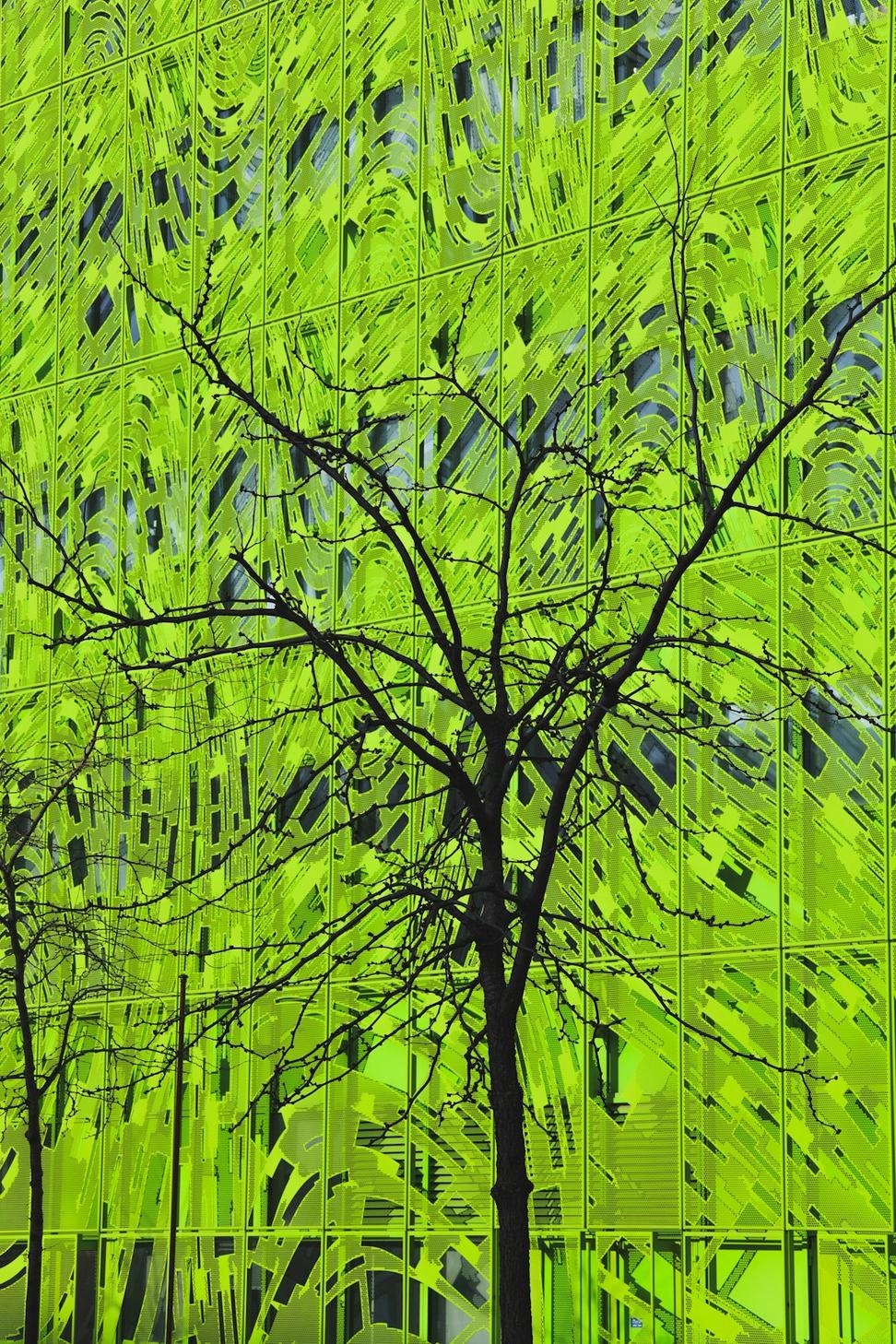
Building Lighter, Living Better
We're not just designing buildings - we're rethinking how architecture can actually give back to the planet instead of taking from it.
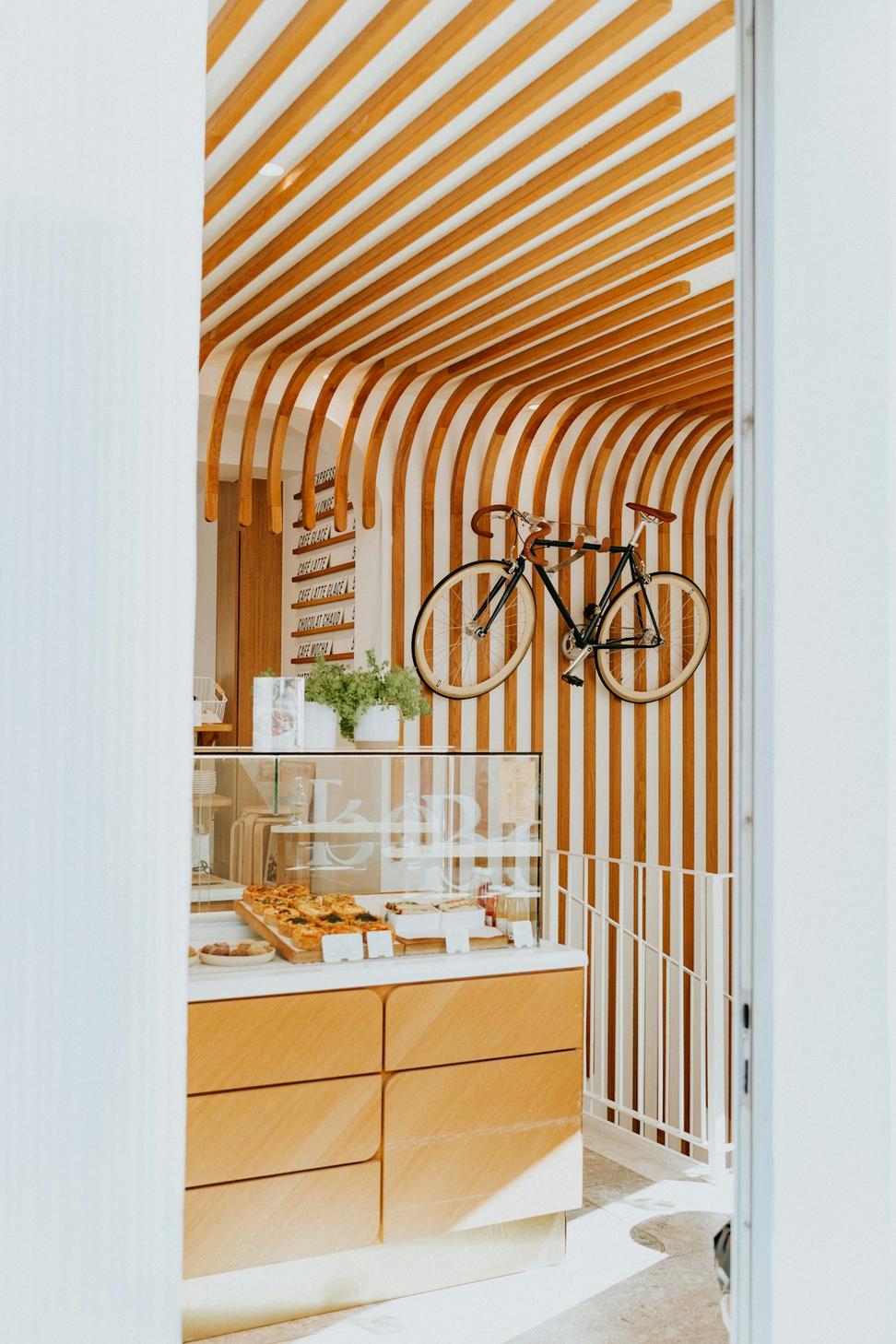
Look, I've been in this industry long enough to see trends come and go. But sustainability isn't a trend for us - it's literally why we do this work. Every project is a chance to prove that beautiful design and environmental responsibility aren't opposites.
We've learned that the best green buildings don't shout about being green. They just work better, feel better, and yeah, they happen to use 60% less energy than conventional designs. No greenwashing, no gimmicks - just smart choices layered on top of each other.
The climate crisis keeps me up at night, but designing our way toward solutions? That's what gets me out of bed in the morning.
Here's what we've actually accomplished across our projects since 2018
Million Liters
Water Saved Annually
Average Reduction
Energy Consumption
Tonnes CO2
Emissions Prevented
Construction Waste
Diverted from Landfills
Almost every project now includes photovoltaic systems or solar-ready infrastructure.
Supporting regional suppliers while cutting transportation emissions - win-win.
Strategic orientation, thermal mass, and natural ventilation reduce mechanical system loads.
We don't chase certifications for wall decor, but these actually mean something
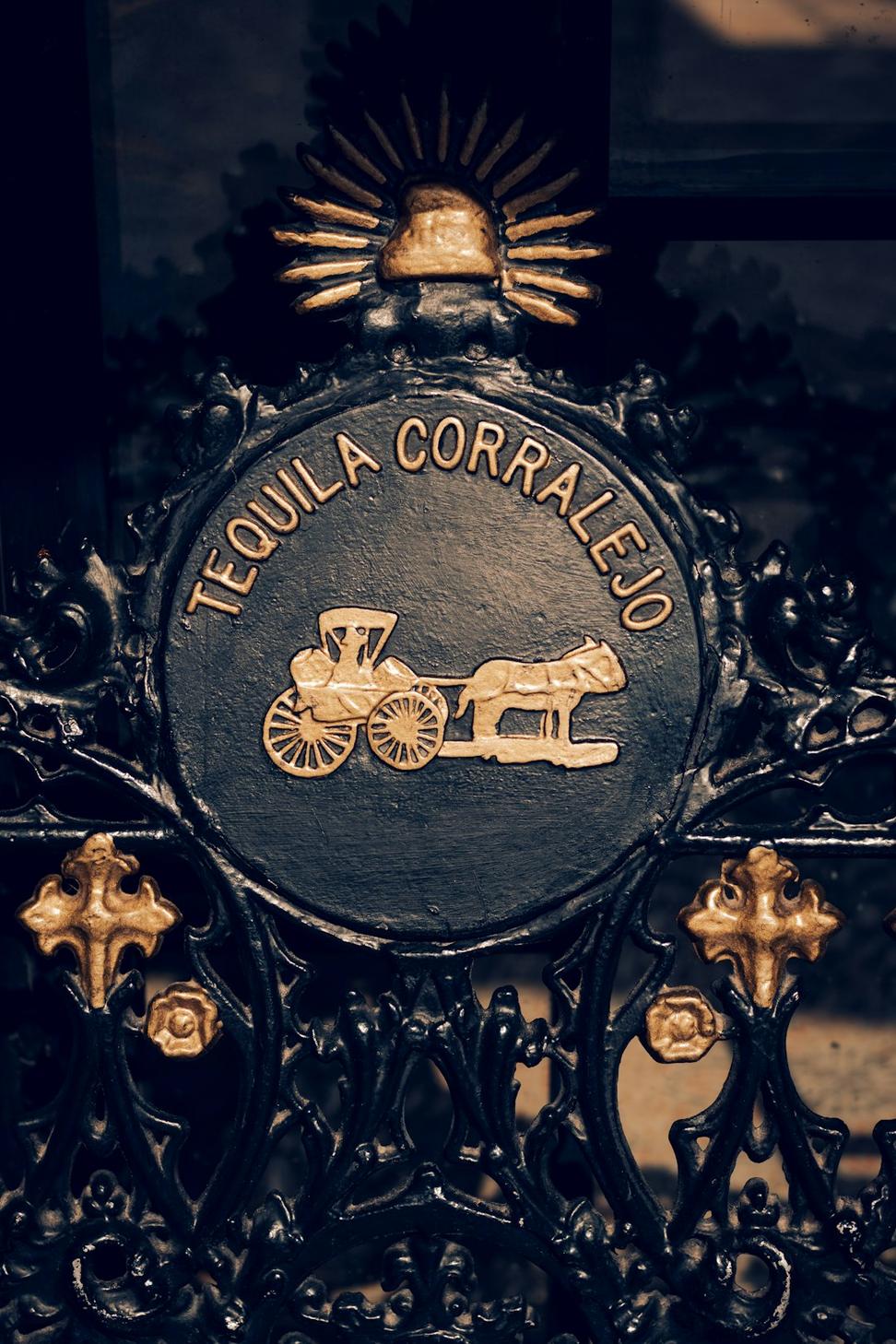
Three team members hold LEED AP credentials, and we've delivered 12 LEED-certified projects (7 Gold, 3 Platinum).
Active Since 2016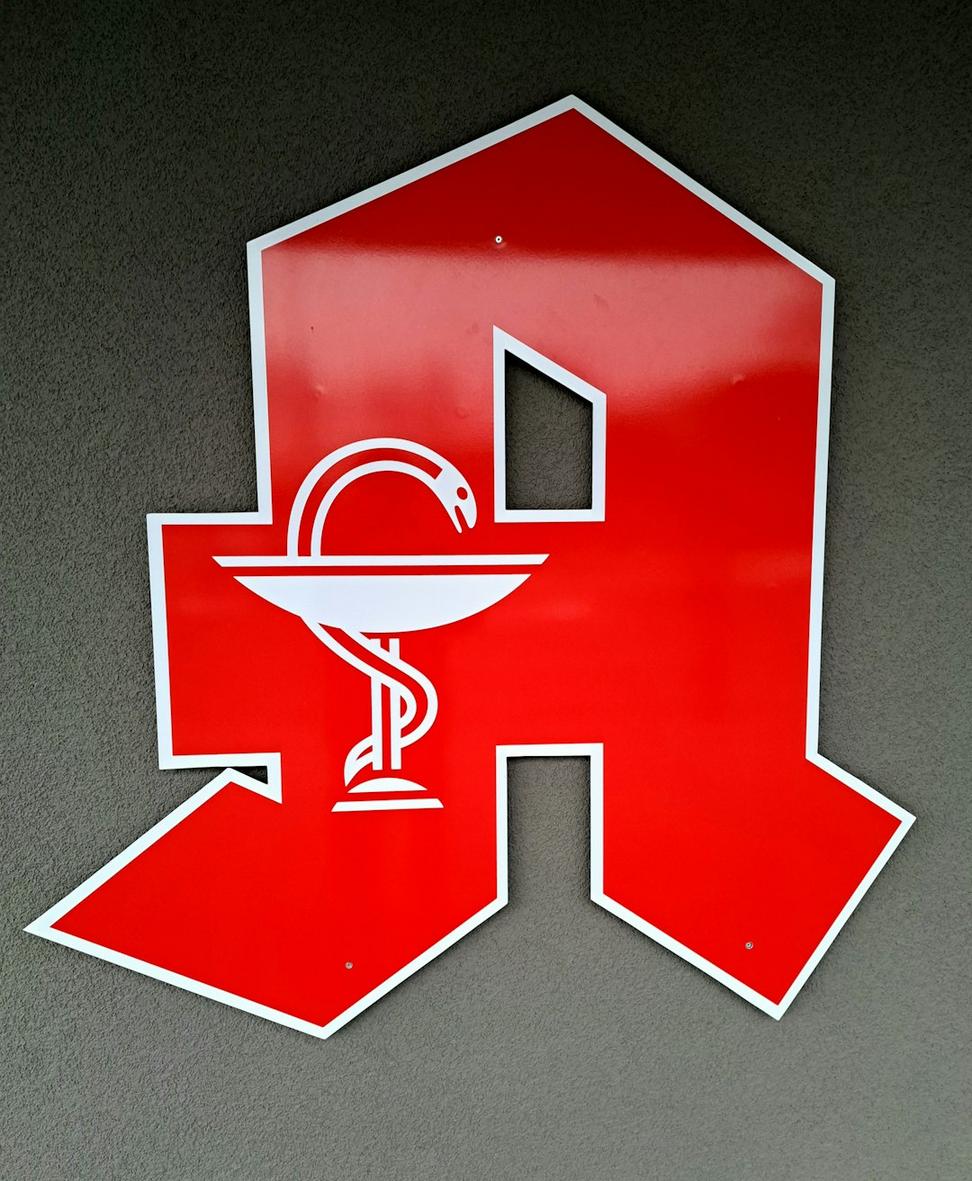
Certified Passive House Designer on staff. These buildings use 90% less heating energy - the numbers are ridiculous.
5 Projects Completed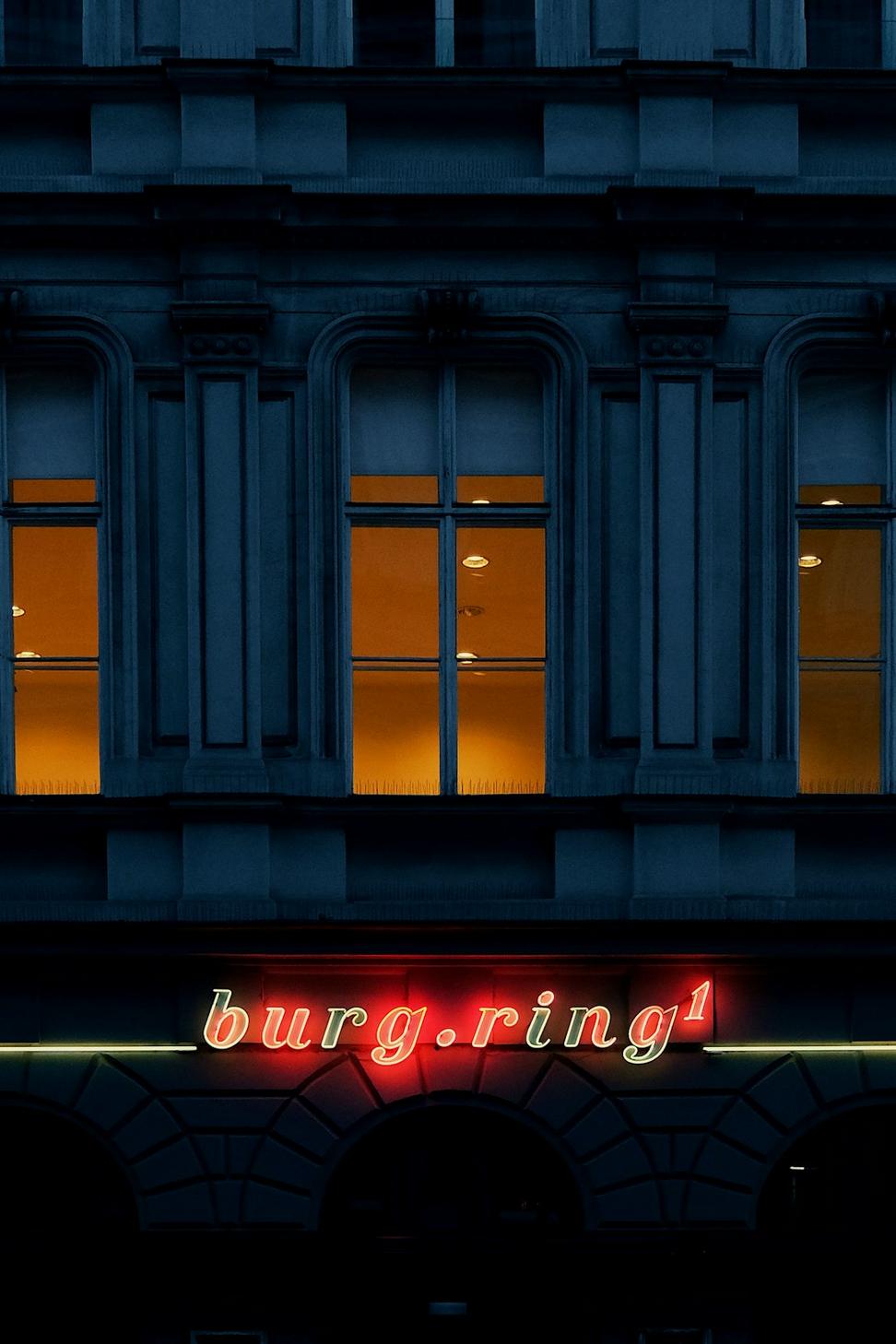
Currently pursuing full certification on two projects. It's intense, but it pushes us to think differently.
In Progress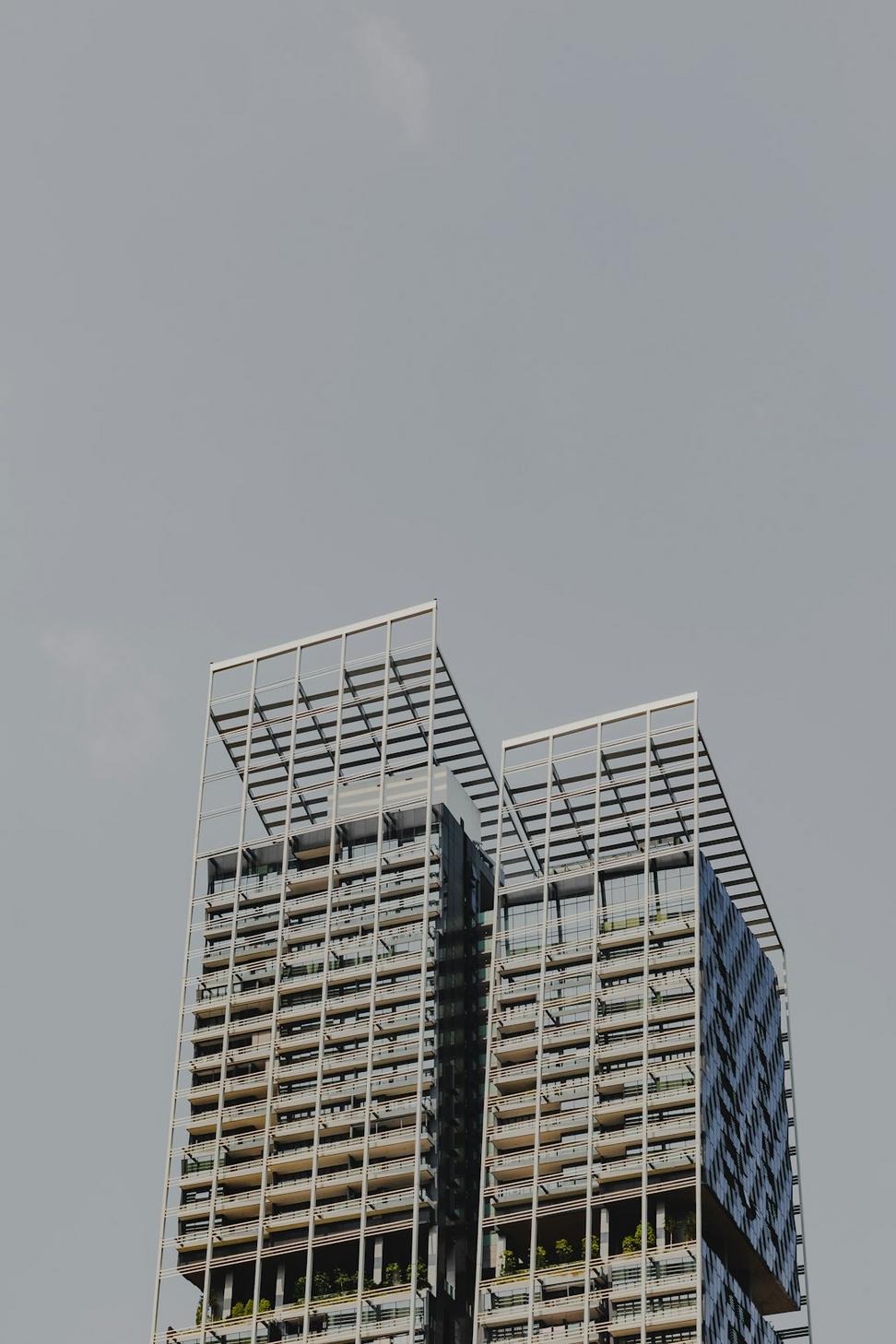
Our standard practice now includes Net Zero pathways. Four buildings already operating at Net Zero energy.
Standard PracticeCertifications are great benchmarks, but some of our proudest work isn't formally certified at all. Sometimes client budgets don't allow for the certification process, but that doesn't stop us from designing to those standards anyway.
We've also completed several restorations where we brought heritage buildings up to modern efficiency standards without compromising their character. That kind of work doesn't get a plaque, but it matters just as much.
Performance Over Paperwork
Click through to see our core sustainability strategies
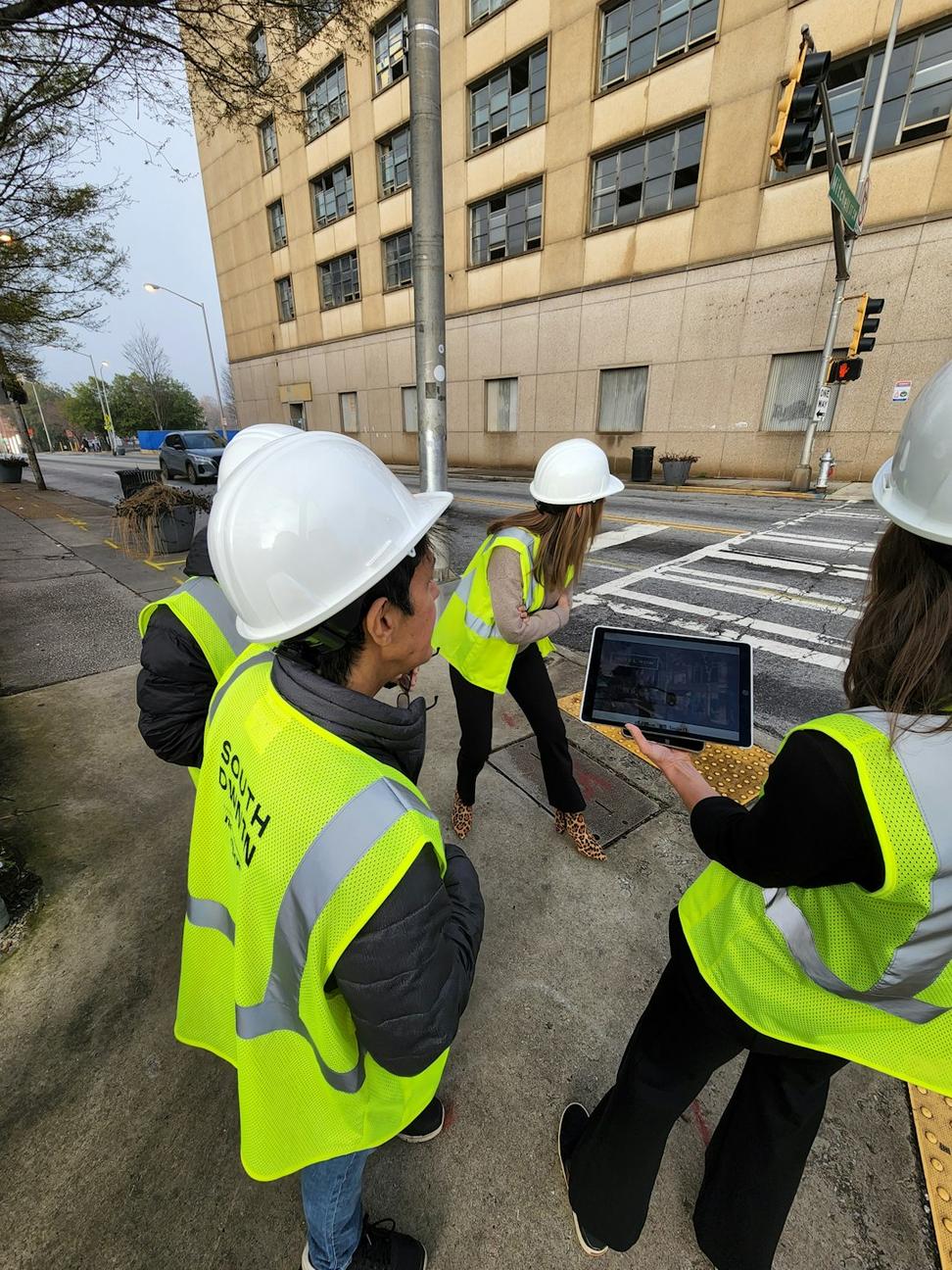
We spend days analyzing sun paths, prevailing winds, existing vegetation, and microclimate before we draw a single line. The site tells us what the building wants to be.
Key Considerations:
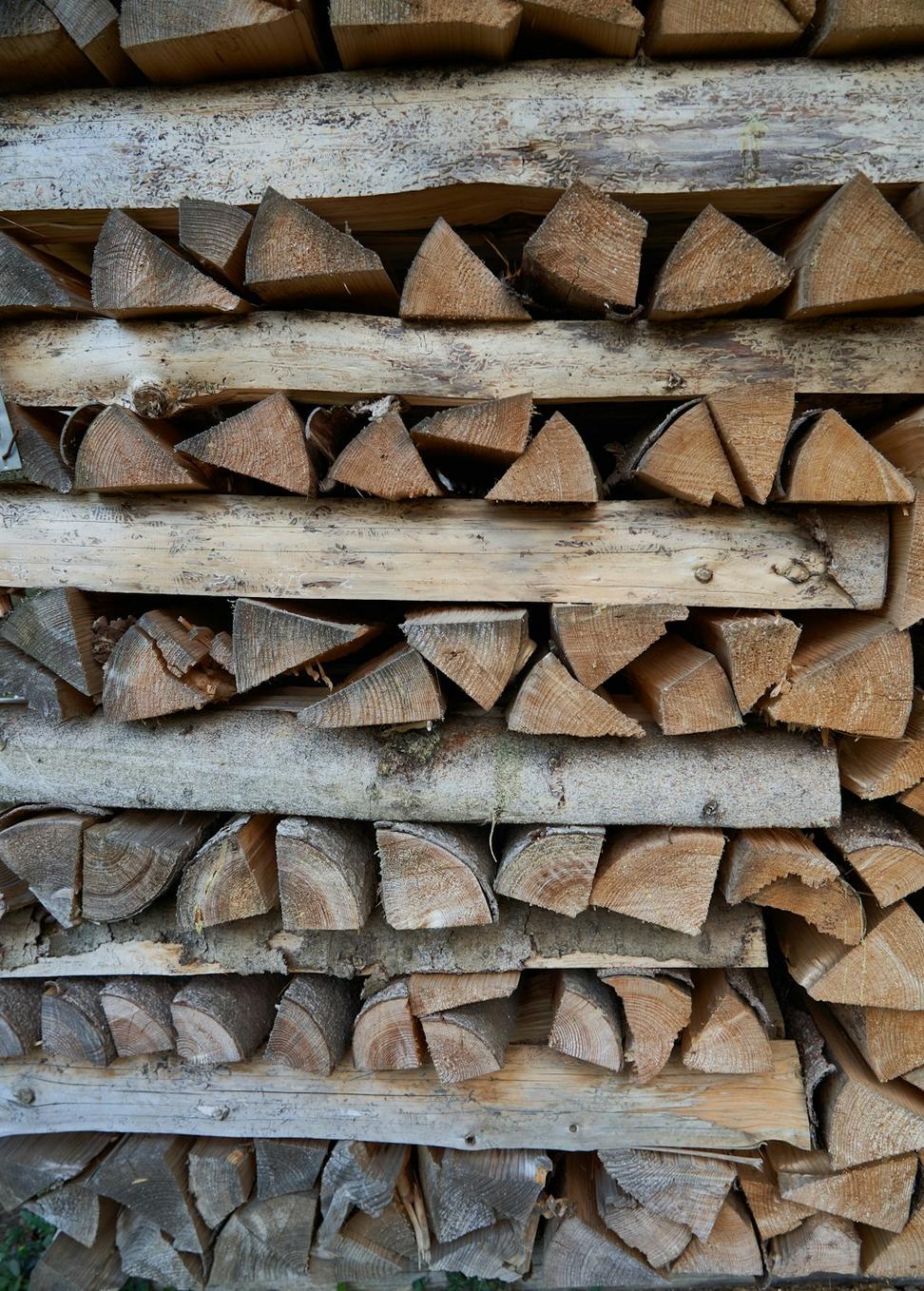
Every material choice gets vetted for embodied carbon, lifecycle impacts, and regional availability. We're basically material detectives at this point.
Our Material Priorities:
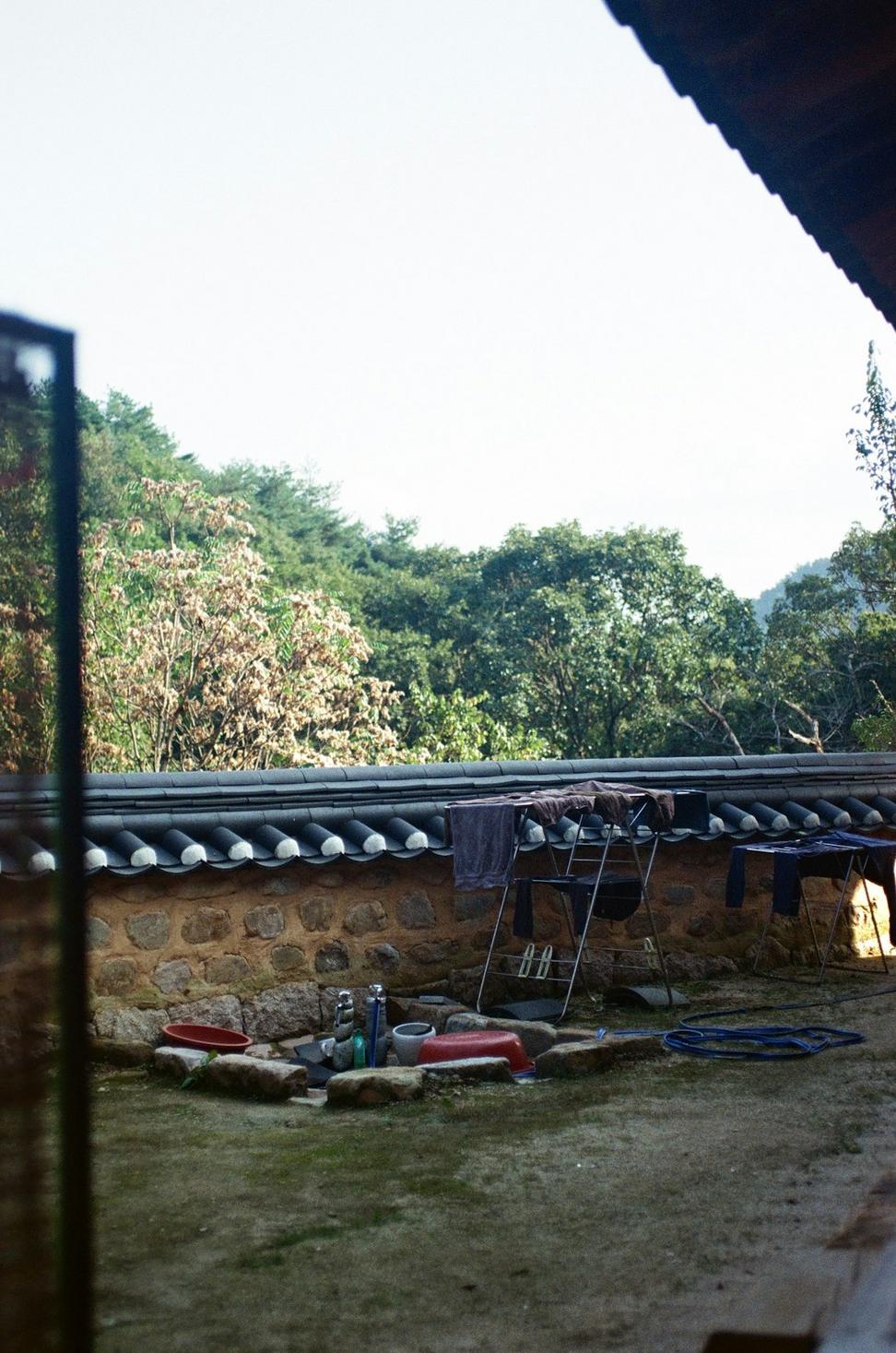
Rainwater harvesting, greywater systems, and native landscaping that doesn't need irrigation. BC gets enough rain - let's actually use it smartly.
Water Strategy Elements:
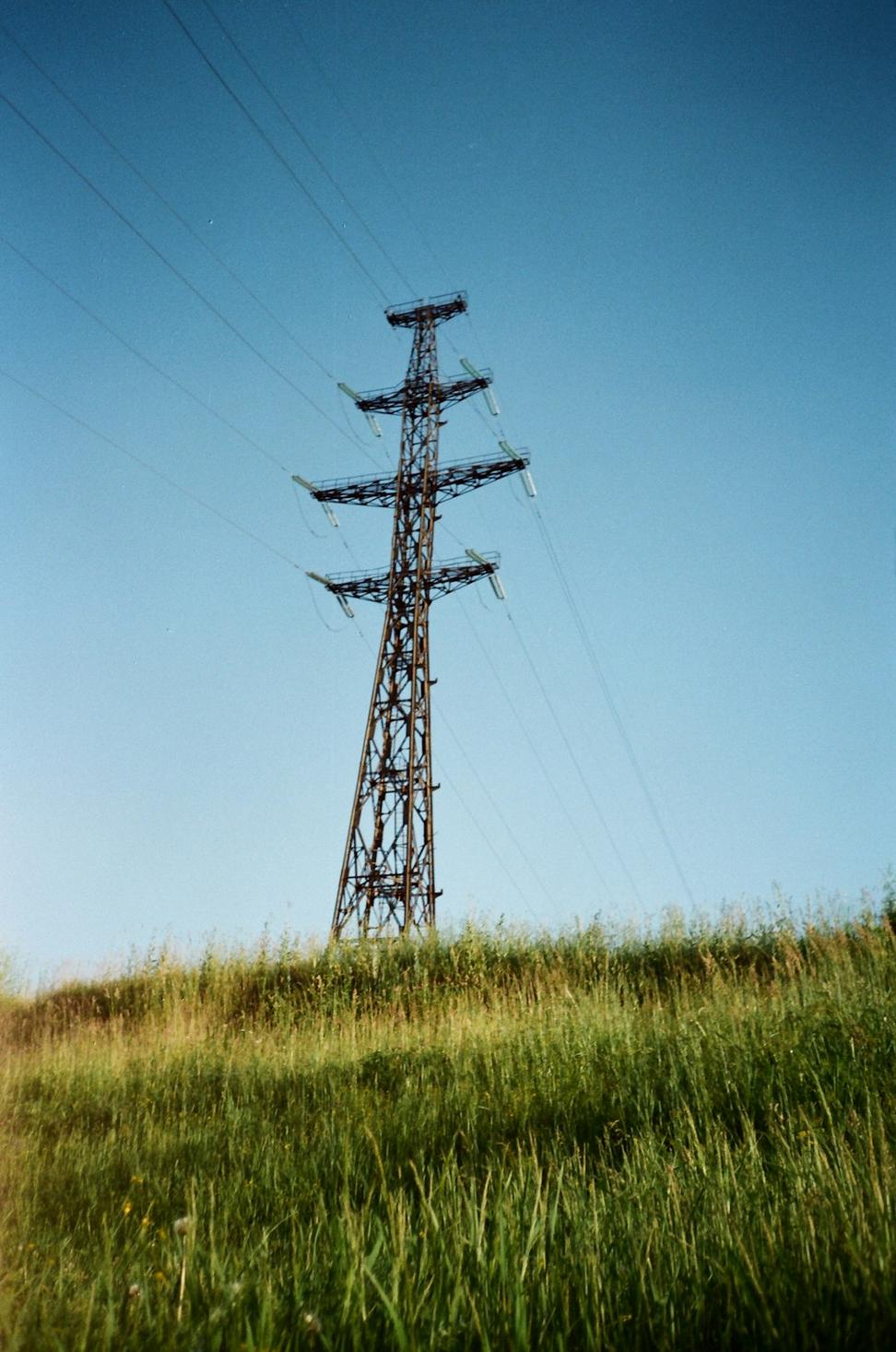
Super-insulated envelopes, heat recovery ventilation, and smart systems that learn from occupant behavior. The building basically runs itself.
Energy System Approach:
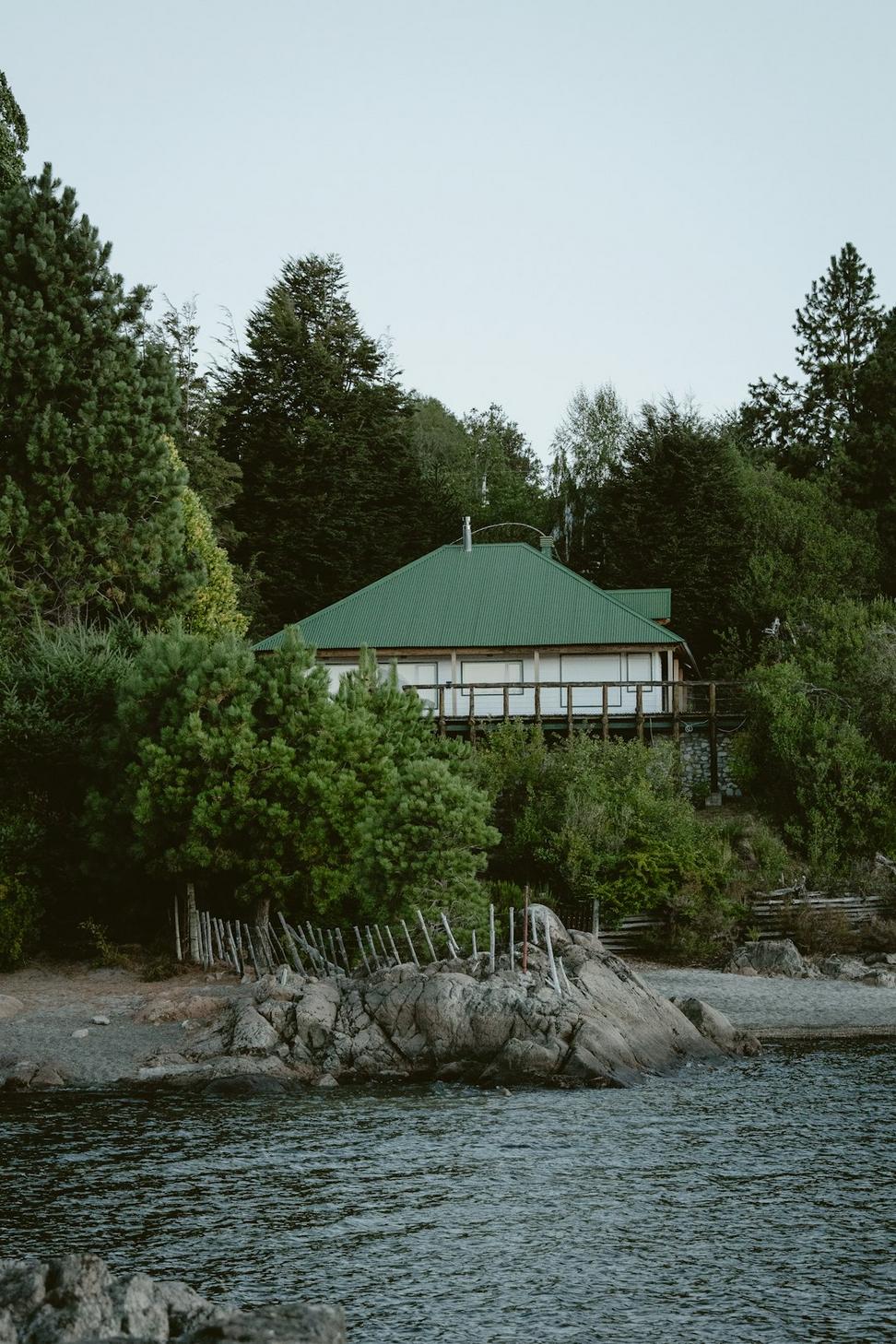
This one's close to our hearts. A 2,400 sq ft family home that generates more energy than it uses, captures all its own water, and honestly looks better than anything else on the block.
Energy Self-Sufficiency
Annual Utility Bills
CO2 Avoided Yearly
Platinum Certified
"We've lived here for two years and haven't paid a single utility bill. The house is always comfortable, the air quality is incredible, and our friends can't believe this is possible in Vancouver's climate." - Homeowners
View Full Project